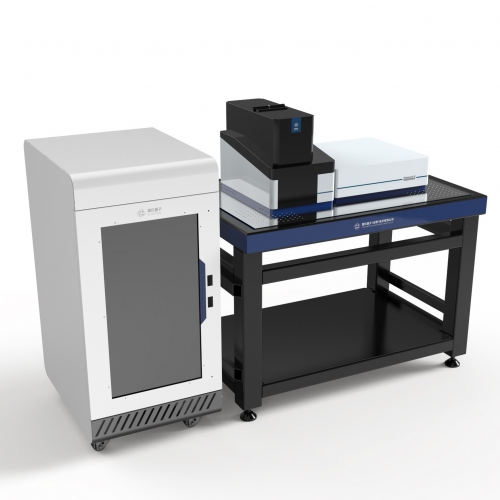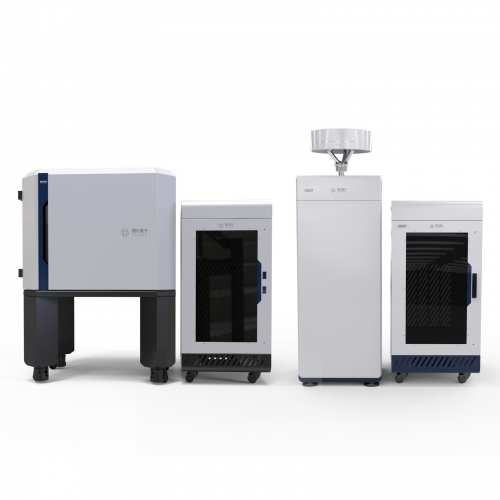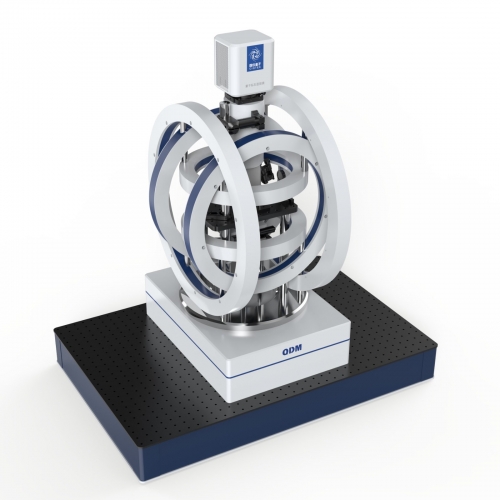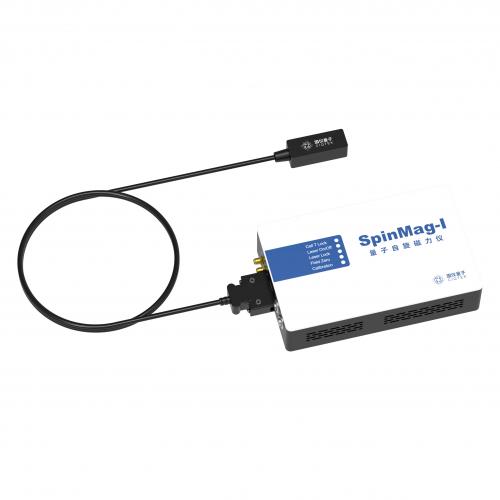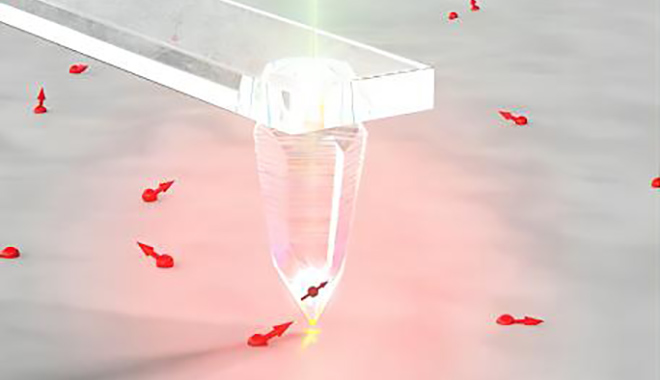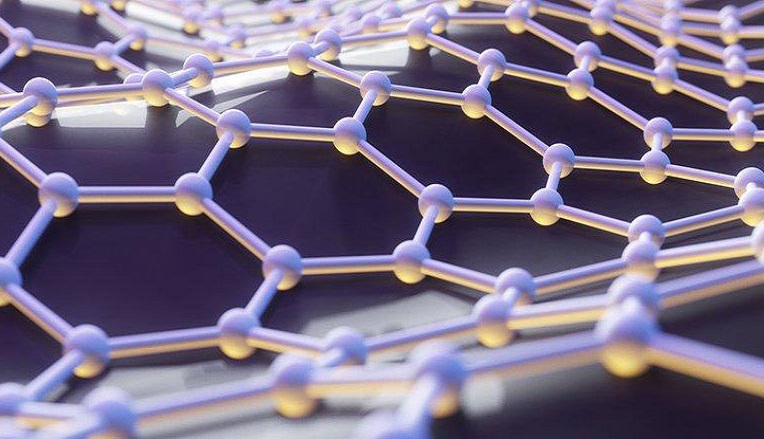Diamond NV-center Magnetic Imaging Technology for Cell Research
Light, electricity, heat, and magnetism are all important physical quantities involved in life science measurements, with optical imaging being the most widely used. With the continuous development of technology, optical imaging, especially fluorescence imaging, has greatly expanded the horizon of biomedical research. However, optical imaging is often limited by the background signal in biological samples, the instability of fluorescence signal, and the difficulty of absolute quantification, which to some extent restrict its application. Magnetic resonance imaging (MRI) is a good alternative and has a wide range of applications in some important life science scenarios, such as the examination of cranial, neurological, muscle, tendon, joint, and abdominopelvic organ lesions, due to its penetrating, low background and stability characteristics. Although MRI is expected to address the above-mentioned shortcomings of optical imaging, it is limited by low sensitivity and low spatial resolution, making it difficult to apply to imaging at the tissue level with micron to nanometer resolution. An emerging quantum magnetic sensor developed in recent years, the nitrogen-vacancy (NV) center, a luminescent dot defect in diamond, NV center-based magnetic imaging technology enables the detection of weak magnetic signals with resolution up to the nanometer level and is non-invasive. This provides a flexible and highly compatible magnetic field measurement platform for the life sciences. It is unique for conducting tissue-level studies and clinical diagnostics in the fields of immunity and inflammation, neurodegenerative diseases, cardiovascular diseases, biomagnetic sensing, magnetic resonance contrast agents, and especially for biological tissues containing optical backgrounds, and optical transmission aberrations, and requires quantitative analysis. Diamond NV-center Magnetic Imaging Technology There are two main types of diamond NV-center magnetic imaging technology: scanning magnetic imaging and wide-field magnetic imaging. Scanning magnetic imaging is combined with the atomic force microscopy (AFM) technique, which uses a diamond single-color center sensor. The imaging method is a single-point scanning type of imaging, which has a very high spatial resolution and sensitivity. However, the imaging speed and imaging range limit the application of this technique in some areas. Wide-field magnetic imaging, on the other hand, uses a tethered diamond sensor with a high concentration of NV centers compared to a single NV center, which has reduced spatial resolution but shows great potential for wide-field, real-time imaging. The latter may be more appropriate for research in the field of cellular magnetic imaging. Applications of NV center Wide-field Magnetic Imaging Technology in Cell Research Application 1: Magnetic imaging of magnetotactic bacteria The magnetotactic bacterium is a class of bacter...















